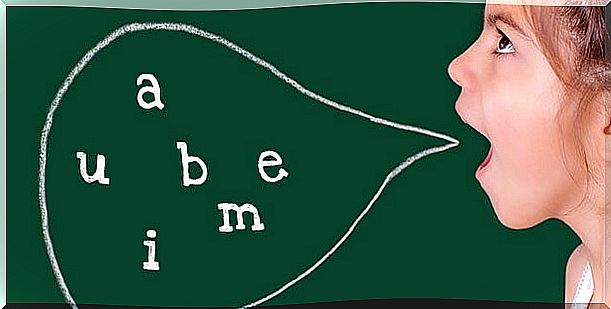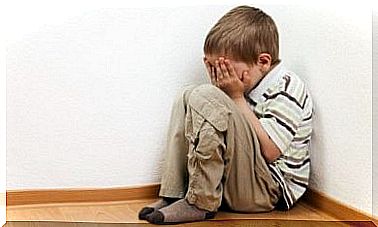Dislalia: My Son Mispronounces

The fact that a child has difficulty pronouncing certain sounds or that he substitutes certain consonants, to many it might seem that they are facing a spoiled person, whose parents have not made an effort to correct their way of expressing themselves. That is a theory that can be demolished in the light of science, because if a child who is between 3 and 5 years old mispronounces the words that carry s, r, l and d, he could have infantile dyslalia.
As a child grows, he acquires more and more vocabulary. His way of expressing himself is enriched and he pronounces words better and better, when he just begins to speak, naturally there will be certain sounds that will be difficult to emit, but with the correct correction and stimulation he will be able to pronounce any word perfectly.
However, there are time barriers that help determine when the child has a language disorder, such as infantile dyslalia, which, precisely, is a language disorder characterized by the difficulty that a child has, between the ages of 3 and 5 years old, to pronounce some sounds, especially those with consonants such as s, r, l and d.

How to identify dyslalia
The disorder may consist of an omission to simplify a consonant combination such as gobo per balloon or the characteristic omission of the one of the d by the r in certain words, which could be for example a child saying dosa instead of pink.
But it is convenient to know that there are different types of dyslalia ; thus, when dyslalia affects a single sound, as in the examples mentioned above, it is classified as simple, but when it affects several phonemes, it is classified as multiple.
There are also cases in which the language of a very affected dyslalic child can be unintelligible, especially for those who do not live with the child and are unaware of the signals used to communicate with their parents. Other times the dyslalia is multiple and impoverishes speech, making it difficult for experts to diagnose the disorder.
Seen from a developmental perspective, this disorder especially hinders the child’s development at school, where they may not understand what it means.
However, in general, children with dyslalia express themselves in a language that is characterized by some normality, but immature sounds or phonetic emissions are prominent or persist.
Another point to note is that this disorder of the development of pronunciation occurs without any anatomical, motor or neurolinguistic defects.

Dyslalia is surmountable
It is also convenient that you know that it is the most common language disorder in children, the best known and the easiest to identify. And also, according to the notes of the Spanish Association of Pediatrics, dyslalia is almost always transitory.
The disorder has several phases within the child’s language development and finally ends when the child learns to pronounce all phonemes correctly. However, the immature emission of certain phonemes persistently beyond 4 years of life requires a specific study and approach.
One of the recommendations to improve this disorder is to resort to speech therapy. The purpose of speech therapy intervention is: prevention, diagnosis, prognosis, treatment and comprehensive evaluation of human communication disorders, taking into account speech or language disorders.
Usually, the response to speech therapy treatment is favorable. But in the event that a dyslalia persists over time, if it does not hinder speech or its intelligibility and if the child seeks spontaneous adaptations, it is better not to prolong speech therapy.
Key points to treat dyslalia
- The first step in the diagnostic process for a child with a language delay / disorder is to find out if we are dealing with a global disorder or limited only to language.
- Do not wait until 3 years to evaluate a language delay, early intervention has a positive influence on subsequent evolution.
- The language disorder initially presents as a delay, if it persists and affects communication, then it is already classified as a disorder.
- Any detection not carried out in the preschool stage can negatively affect language acquisition and later present difficulties in learning to read and write.
- Studies show that boys are only 1 to 2 months behind girls in vocabulary and grammar development.
- Children in families that use more than one language may show slight delays and mix languages at first.









